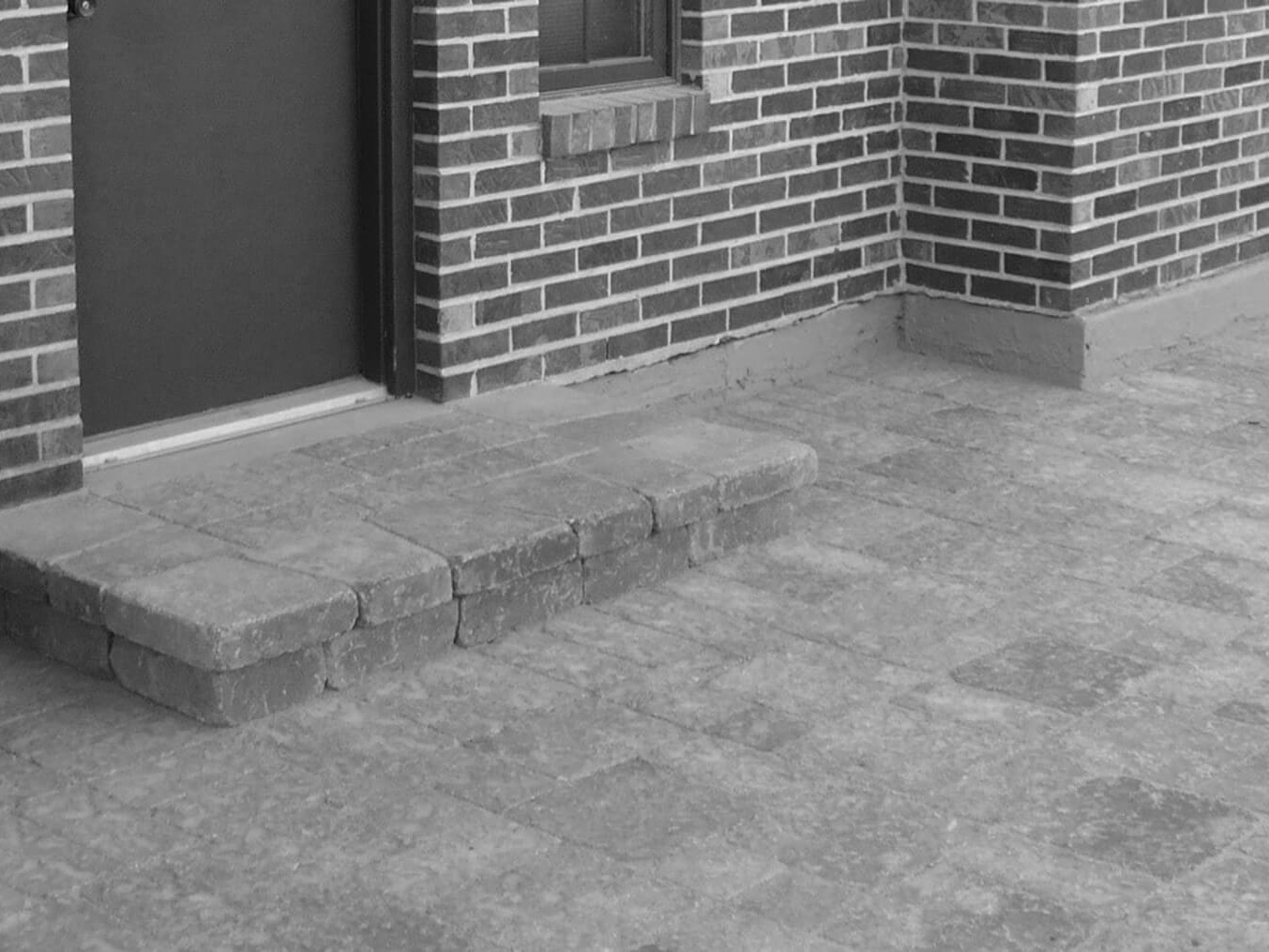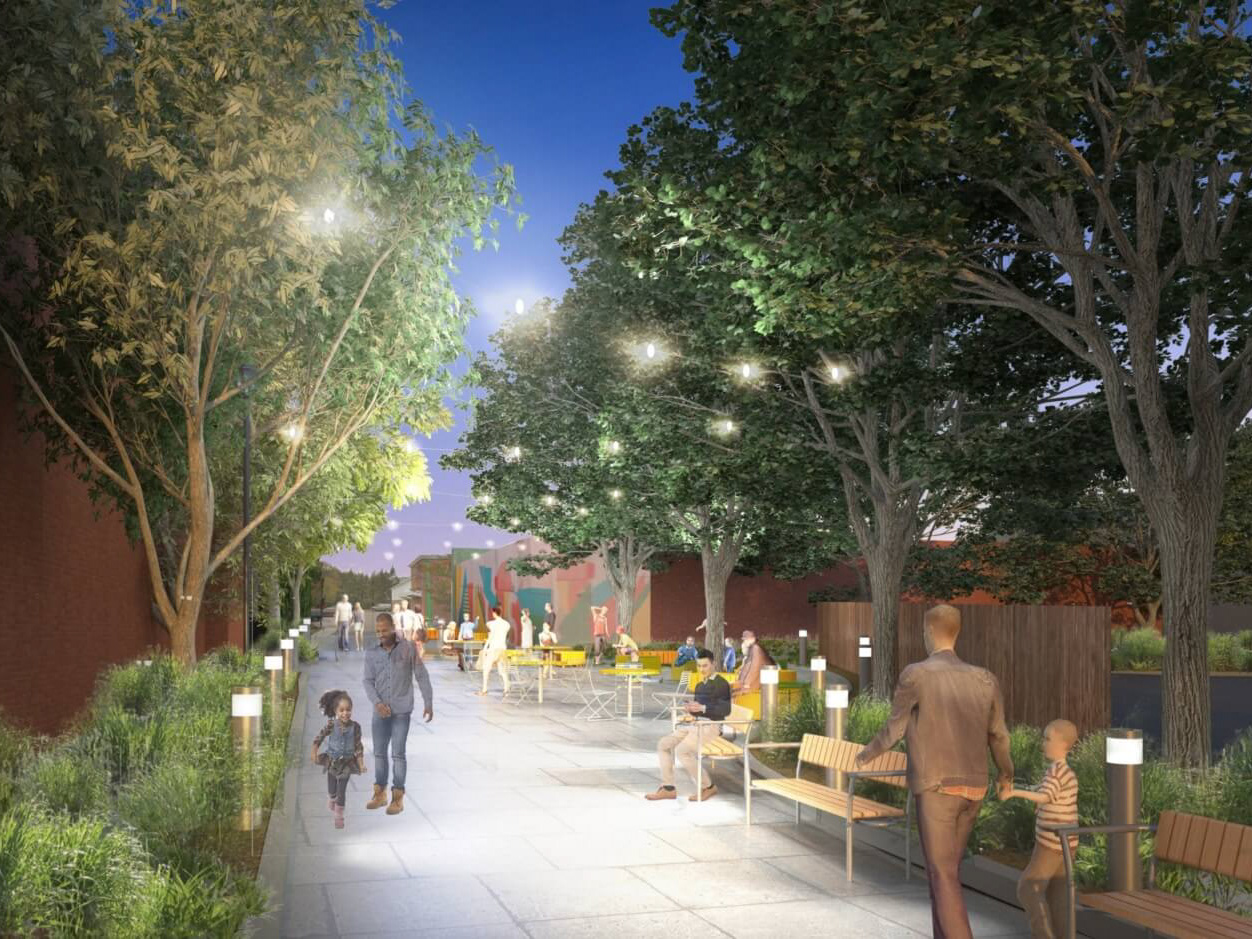The Future of Community
October 8, 2019
This post was originally published and adapted for the Payette blog.
On September 24, the IIDA and KI sponsored an event called, "Community as Strategy: Designing for Place, Purpose, and Profitability” as part of a six-city tour. The event brought together a panel of experts to explore community as a strategy, and the ever-evolving imperative of connecting people with place. Each of the four panelists shared their unique experiences as clients, placemaking experts, designers and developers. Although their work and clientele varied, they shared common goals in their work: to establish community and instill a sense of purpose.
Why Is Community Important?
Loneliness is currently a public health epidemic linked to deteriorated health and premature mortality. Research studies have shown that lacking social connection carries a risk that is comparable to smoking up to 15 cigarettes per day. There is also evidence that social connection influences a variety of mental and physical health outcomes. For example, people who are isolated often suffer from an increased risk for depression, cognitive decline, and dementia. As humans we crave social connection, and as designers, we have the power to facilitate those relationships through our design work. Often community and place can have the same meaning, but some communities are built in the absence of place, and other places can even discourage us to connect altogether.
Out Of The Goodness Of Our Wallets
The discussion covered an important factor: profitability. While altruistic, it is crucial to understand and accept that finances play a significant role in design and life. As designers, most of us want to make a positive impact on users, improve and change lives and build beautiful environments. But we must deal with budgetary constraints, which can either limit our vision and choices, push us to problem-solve ways to achieve the goal despite the restrictions, or force us to eliminate the design. However, there is a significant correlation between profit and a sense of community.
When considering space, designers are tasked with space planning and creating ways to activate the space itself. To truly activate space, designers must successfully engage the users and provide a sense of comfort, which means people will be more likely to revisit and bring others leading to financial profit for the client. For example, students who feel excited about communal spaces will attract more students, which means increased enrollment applications, donations and sponsorship. For a developer, activating a lobby with a café that draws both building tenants and outside visitors can increase the likelihood of tenants to renew leases, encourage leasing interest by outsiders, and boost overall profit margins. While the design result for both examples is community-building, the driving factor is profit. As designers, this is an incredible tool that can be used to encourage our clients to focus on building community, if not for public health and altruistic reasons, then for a potential boost in profit.
“As designers, we are tasked with playing both the role of historian and futurist…”
—Cheryl Durst, IIDA Executive Vice President
Loss Of Place, Loss Of Community
When it comes to design, it is crucial to include the client, understand their needs, brand and culture, and ultimately provide a solution that truly serves them. Projects will require that designers create subsets of communities within a larger community, but we must be careful to design without causing barriers or assuming that each community will function in the same way. During the event, Cheryl Durst, IIDA Executive Vice President, made an important point regarding the role of designers: “As designers, we are tasked with playing both the role of historian and futurist.” We are constantly asked to learn from the past, practice design ethically and sustainably in the present, and innovate for the future.
What Will “Community” Mean In The Future?
Our cities are rapidly changing, and it is expected that by 2050, most people will be living in urban areas. Unfortunately, people are being priced out of their neighborhoods, and with gentrification, we are seeing the loss of character and culture. However, people are fighting these changes and finding ways to reclaim their homes and neighborhoods because it empowers them, gives them a sense of purpose, and ultimately helps them preserve the history and culture of their communities.
The future community will be more engaged and diverse. They will want to have a seat at the table, where they can play more active roles in policy and design decisions. I firmly believe that community-driven design processes will lead the way because people change cultures, people bring diverse and valuable perspectives, and people activate place. The character and sense of connectedness that comes from place, is shaped by the interactions of its users to the place itself and each other. We all interact with the environment and each other at different scales, and often simultaneously, which makes us important stakeholders in the type of environments that we will inhabit and how those environments can support our ability to connect with others.



